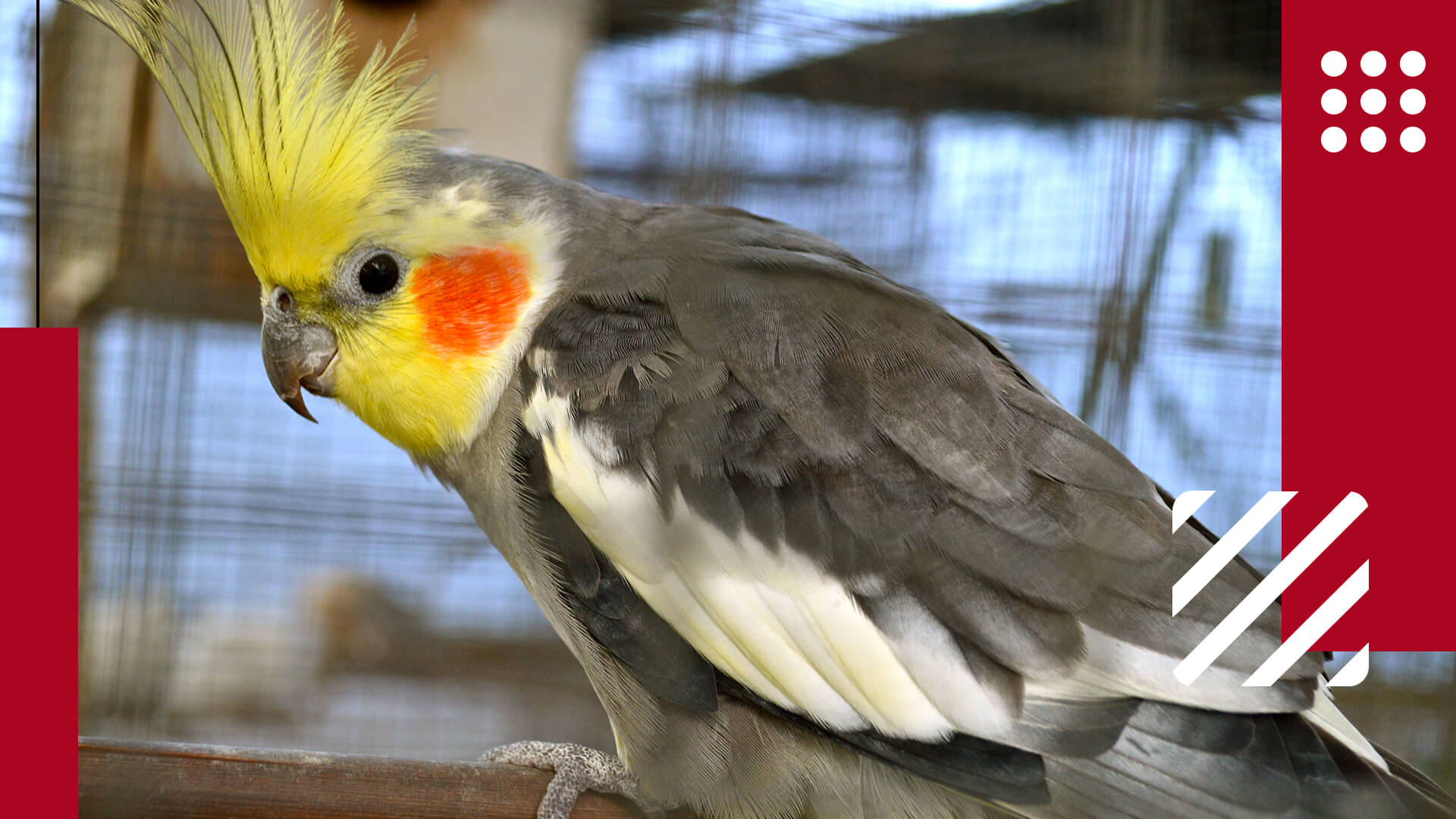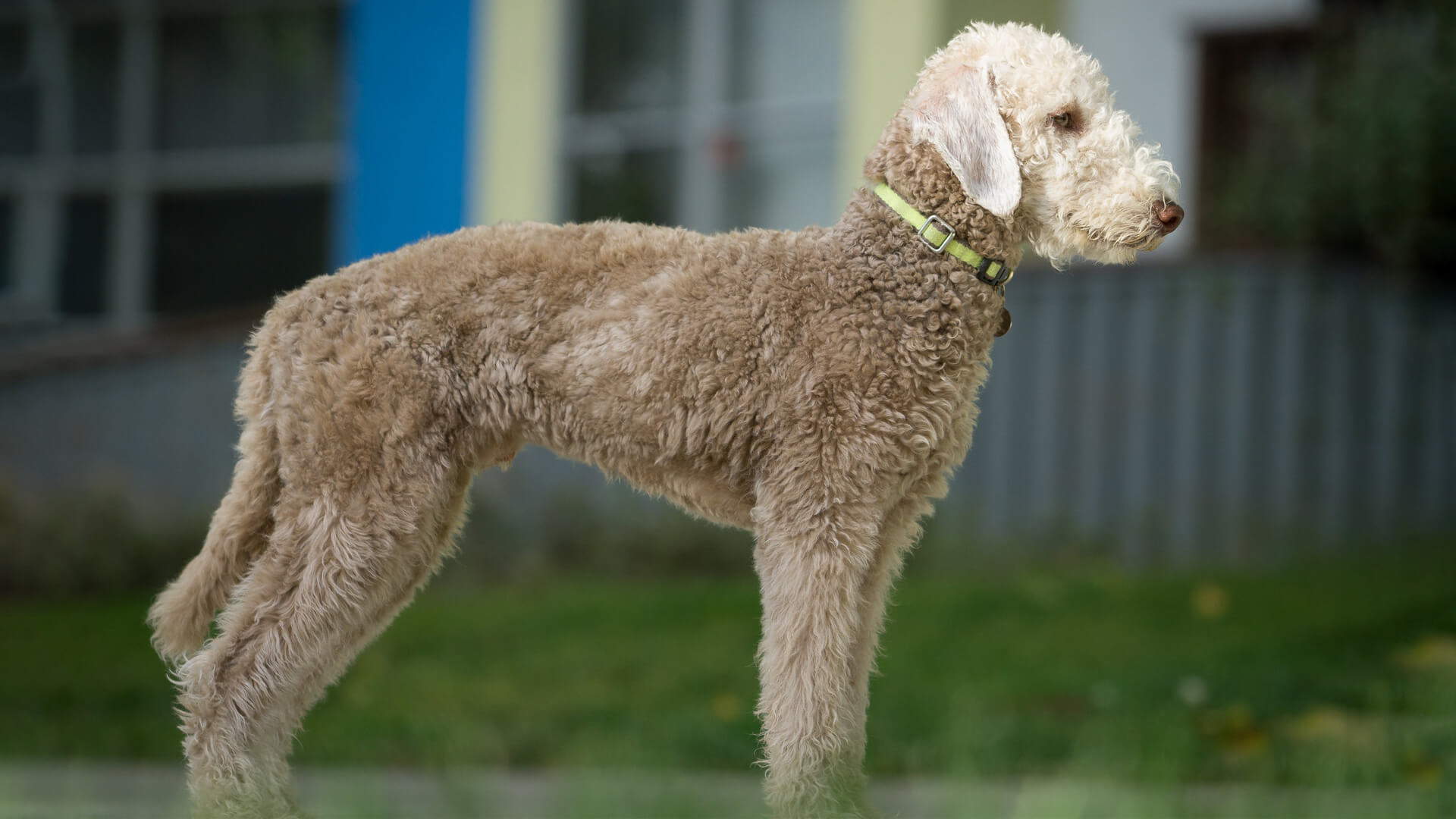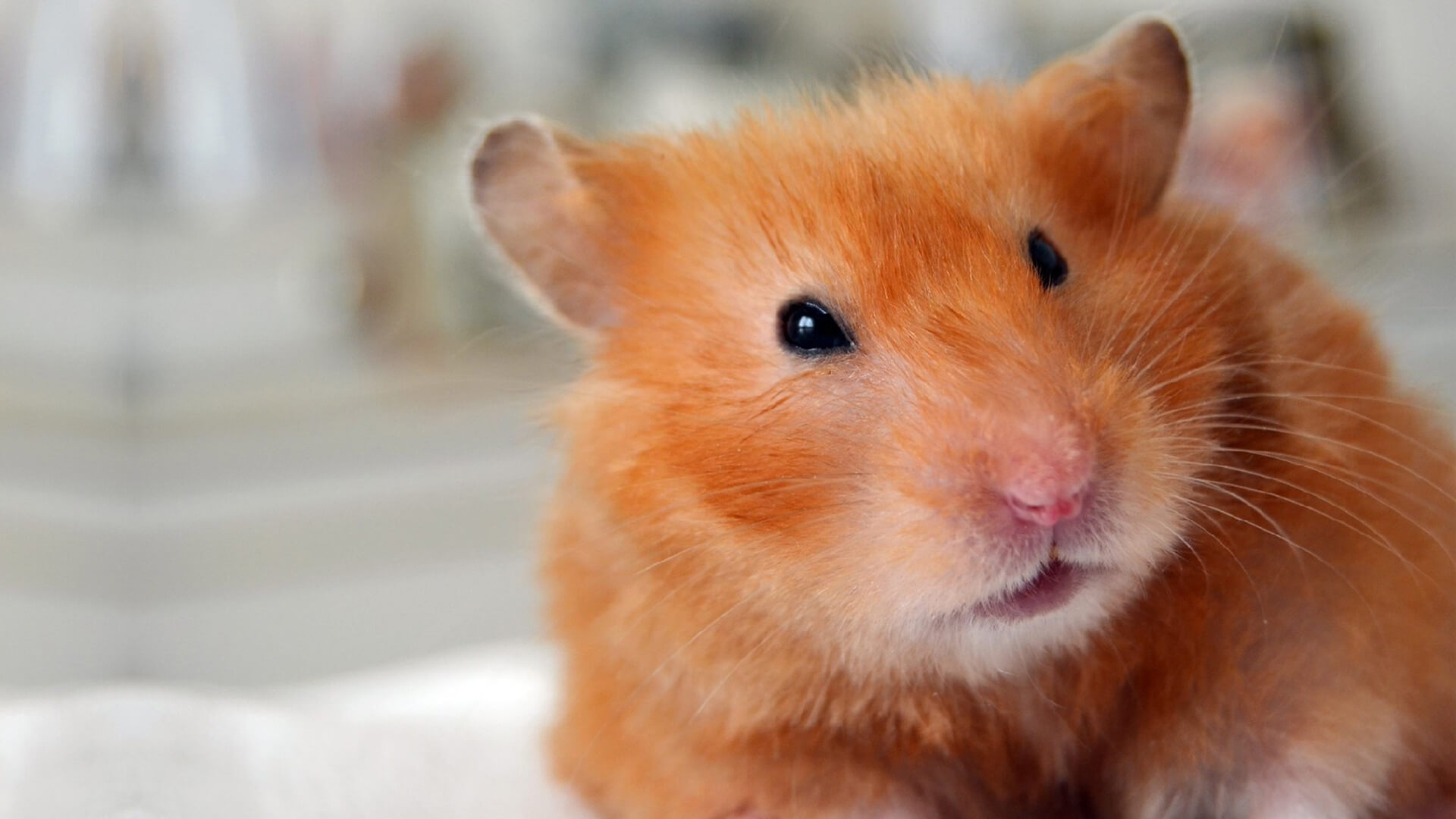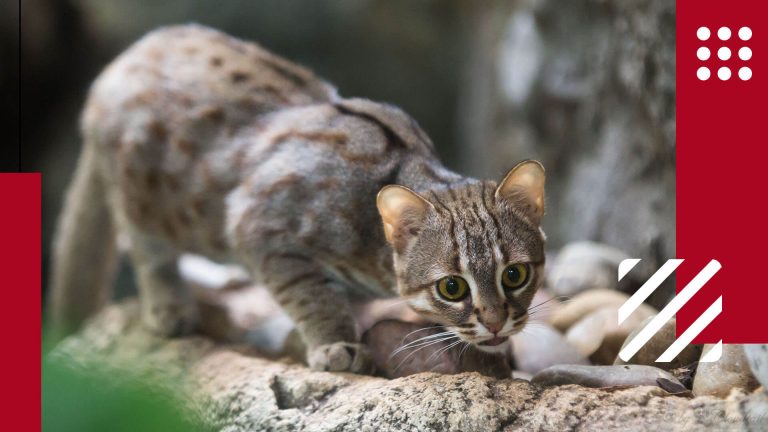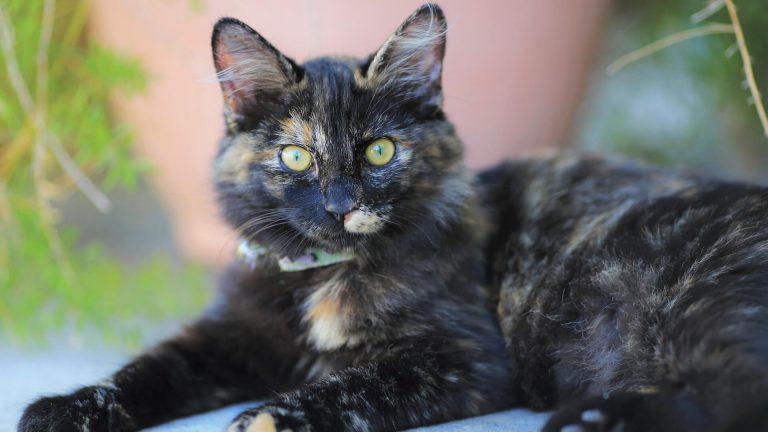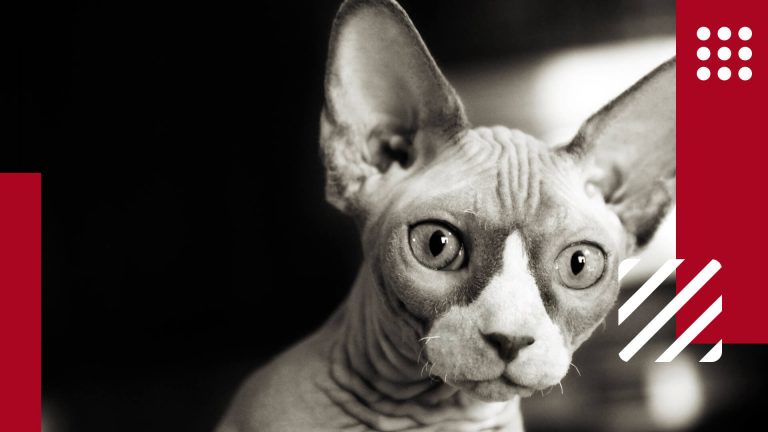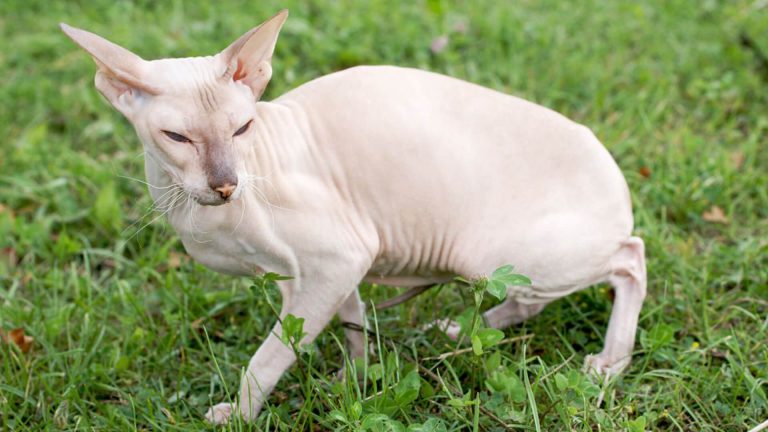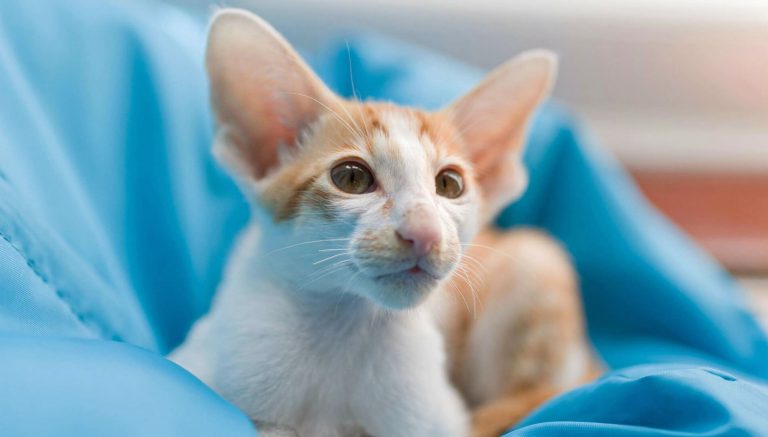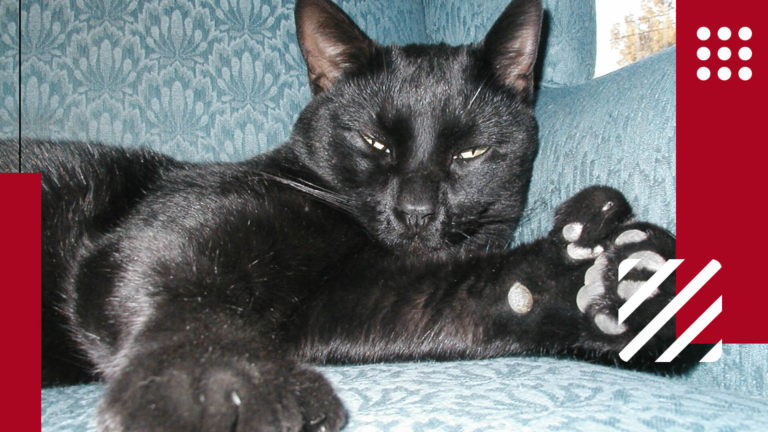The Balinese cats are known as the purebred long-haired Siamese. Their country of origin is the United States and Thailand. The Balinese have no connection with Indonesia. The name was devised because the breeders view the cat's grace and charm as shown by the dancers in the Temples of Bali. The breed was first brought in the 1940s in America once the long-haired Siamese kittens showed up as litters.
The spontaneous mutation leads the breeders to try towards nurturing additional such varieties and the first Balinese breeding program came into being in the 1950s. The spontaneous genetic mutation in pure breed Siamese resulted in a breeding program with cats having longer coat types.
Distinctive Features of Balinese Cat

The basic difference between the Balinese and the Siamese is the length of the coat. This breed is social vocal, curious, playful & intelligent. The Balinese cat is about a foot and a half long.
The coat of the Balinese cat has long silky hair and has no undercoat, it lies close to the body; it is with a boastful thin tapering tail. The hair of the tail spreads out like a plume. The body is slender, firm muscular with fine bones. Shoulders and hips continue with the same sleek outline. Hips are not wider compared to shoulders. The abdomen is tight. Females weigh 5-6 pounds and males 7-8 pounds. Length is 18 inches not including the tail. The life expectancy of the Balinese cat is 12-20 years.
The head is wedge-shaped, medium in size, and proportionate to the body. Eyes almond-shaped deep vivid blue and slanted, and ears large wide at the bottom, open and pointed as well as triangular. Its nose is long and straight in continuity with the forehead. Legs are proportionately long and slim. Hind legs are higher than front ones. Paws are delicate, tiny, and oval. There are five toes in front and four in the back.
The color is darker on the extremities, ears, tail, and face. The cat is seen in a variety of varying colors. The main body is usually creamy white. The color may vary from seal point, blue point, lilac point, and chocolate point. These colors are accepted as official breed standards. Some of the other colors are red, lynx, and tortoiseshell.
How to Take Care of Pet Balinese Cat?
Balinese cats are renowned for their intelligence, friendly, inquisitive, and playful nature, and striking beauty. These cats are vocal as well as demanding. Give them plenty of toys, scratching posts, and enrichment ideas to keep them diverted and turned on.
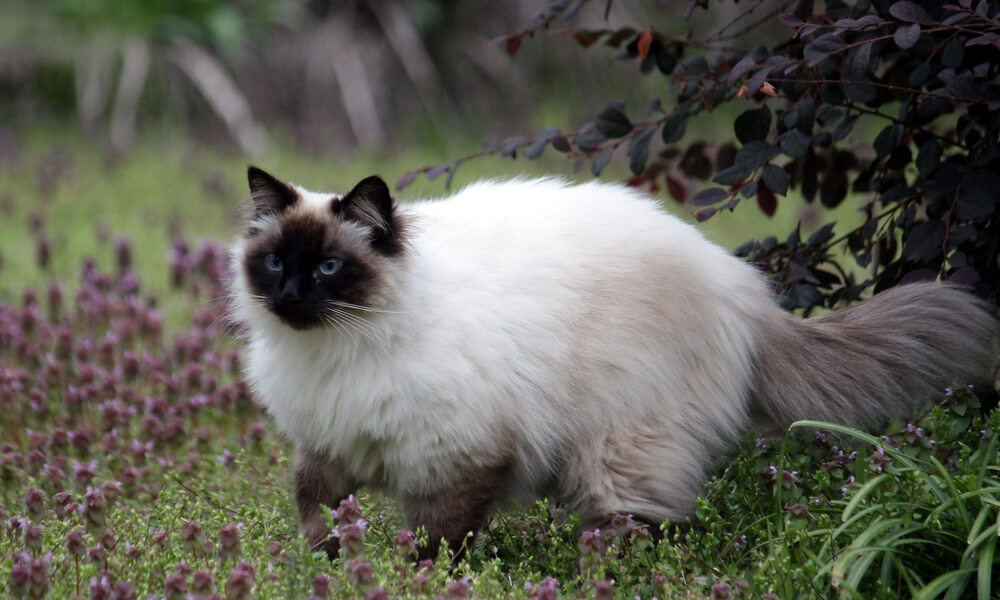
What to Feed Pet Balinese Cat?
Balinese needs to be fed with a portion-controlled high-quality diet to avoid weight-related problems. These picky eaters prefer to eat a wet diet than dry kibble. In case a wet diet is served a more consistent dental hygiene schedule is needed to keep away gum disease from developing.
These cats are choosy about food preferring canned food. Once in a while they eat dry food. The cat should be given Vitamin supplements or vitamin-rich foods for good health. Cats are carnivorous creatures and need to be served meat products. An eatable called Taurine is important for the well-being of the cat. The deficiency of Taurine causes heart problems and blindness in the cat. High protein food is recommended. Kitten food is different from an adult cat's food.
What it's Like to Have a Pet Balinese Cat?
Balinese are very affectionate towards people. They will pursue you around and will oversee your every move. The cat loves to sit in the lap and at night will be in bed with the owner. The cat tends to get underfoot so those who are unsteady on feet or use a walker or cane have to be careful.
These cats desire company and do not like to be left alone for a long period. They get agitated and show destructive behavior on things such as paper rolls and empty tissue boxes. This breed can exist with children, dogs, and other pets.
The Balinese cat sheds seasonally and the coat does not require a lot of maintenance. The coat does not get tangles or mats. A good brush to remove dead hair once a week is sufficient. It is not a hypoallergenic breed. The Balinese cat does not need to be groomed often. A bath is rarely necessary.
Daily dental hygiene is best but if not possible weekly brushing should be undertaken. Eyes discharge should be removed by damp cloth. Check ears weekly. If these are dirty clean with a damp cotton cloth.
Once the Balinese kittens are born they get the color after five weeks and become darker with age. This cat is very talkative and can mew for hours at a stretch.
How to Train Pet Balinese Cat?
This cat is agile and athletic and if permitted will hitch a ride on the shoulder of the owner. These cats love to play and can be taught to fetch bringing the ball or toy back for repeated throwing. They can be taught to walk on a leash. The cats have a devoted disposition. They can be insistent in their appeal for attention. Moreover, these cats are graceful. This loving cat would sit silently and calmly with the owner purring and being petted. Keep them occupied through brain puzzles, and toys.
These cats are mostly in harmony with the owner's moods and close at hand to cheer them up if the owner is despondent or shares your joy when happy. They respond to the tone of the owner's voice such as scolding or hurt sensitive feelings. The cat can be trained with positive reinforcement and coaching tone as an effective way of correcting unwanted behavior. Sometimes these cats are called clowns due to their silly and fun antics.
What to Know Before Having Balinese Cat as a Pet?
The Balinese cat has several predators even inside the house. The cat may not mix with creatures like rabbits, guinea pigs, and dogs. If you possess a dog of the higher breed make sure that both get along with each other.
Provide suitable hiding spots so they can rest in peace otherwise, they will ruin the curtains and fragile items will be broken. In case you enjoy a peaceful home this cat is not for you. This is so these cats are vocal and prefer to chat with the owners and even demand attention.
Keep Balinese indoors for safety reasons. This way you can safeguard them from diseases spread by other cats. Dogs and coyotes may attack them. They may meet with a road accident. These are beautiful cats and maybe stolen as they will get the cat without paying.
What are the Health Issues of Balinese Cat?
Mostly this is a healthy breed but can develop some hereditary conditions. Certain conditions include;-
- Progressive retinal atrophy or eye problems such as cross-eyed
- Liver Amyloidosis
- Respiratory issues
- Neurological problems such as hyperesthesia syndrome, Nystagmus
- Heart problems like dilated cardiomyopathy, aortic stenosis
- Bronchial disease
- Gastrointestinal condition like megaesophagus
- lymphoma
What People Are Reading:
Frequently Asked Questions About Balinese Cat
Some of the commonly asked questions about Balinese cats are answered below:
Are Balinese Cats Brilliant?
These cats are intelligent, energetic, lithe, agile, and loving.
Can I Tell if My Cat is Balinese?
Observe the shape of the cat. Balinese have long bodies, slim torsos, and slender legs. The head is wedge-shaped with slanted eyes and large pointed ears. Compared to Siamese cats Balinese cats possess longer bodies.
What are the Qualities of a Balinese?
Getting along well with both animals and people is one of the strongest qualities the Balinese possess.
What are the Rules for Handling a Balinese Cat?
Objects of value should not be displayed on open shelves, and silk curtains are certain to be frayed.
What are the Safety Concerns with Pet Balinese Cat?
The Balinese are well suited for indoor life, but the main concern is of a practical nature since outdoor cats are more at risk of injury, illness, and abduction.

